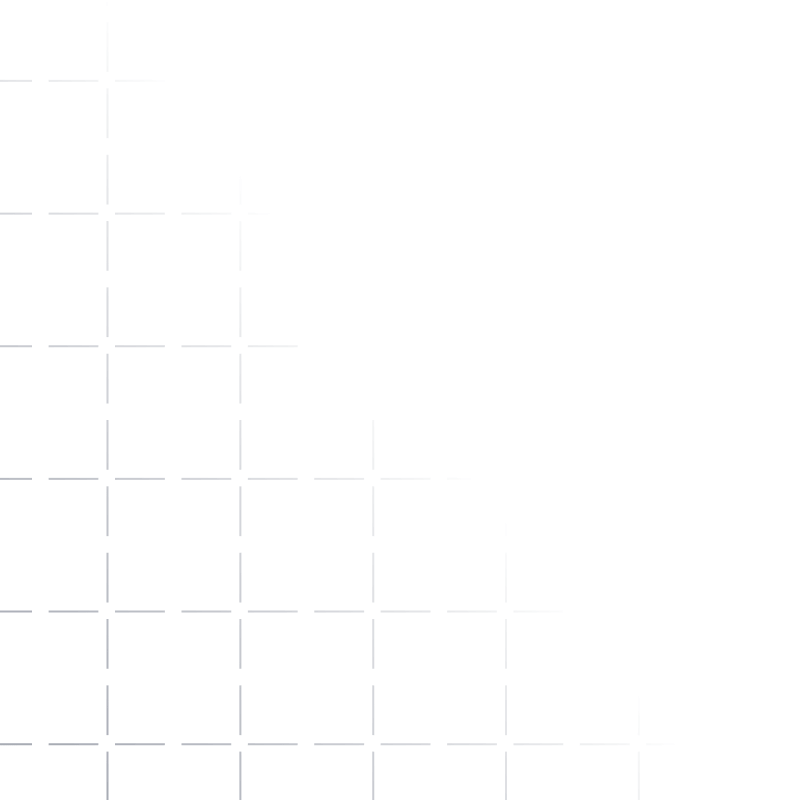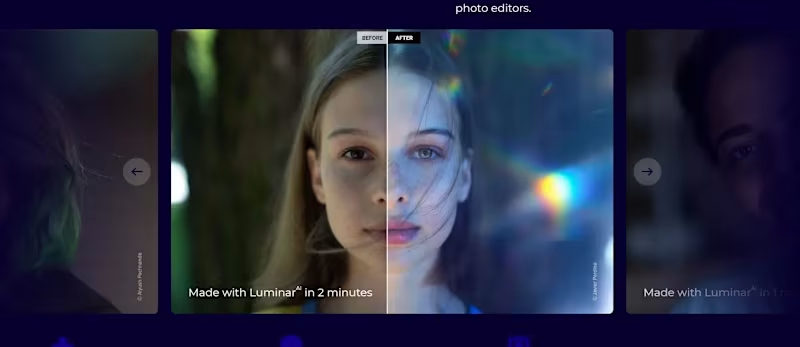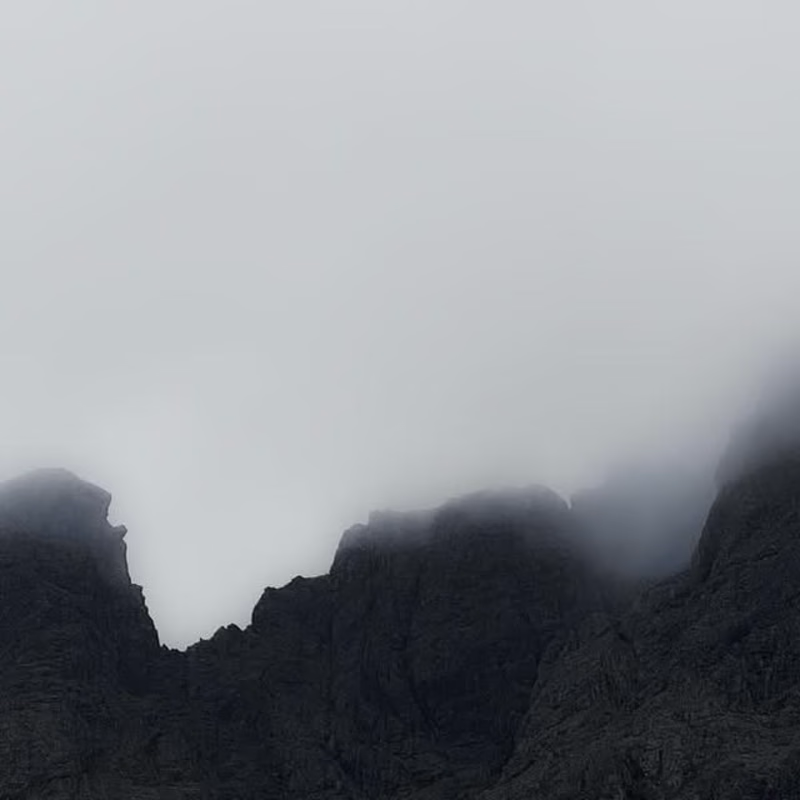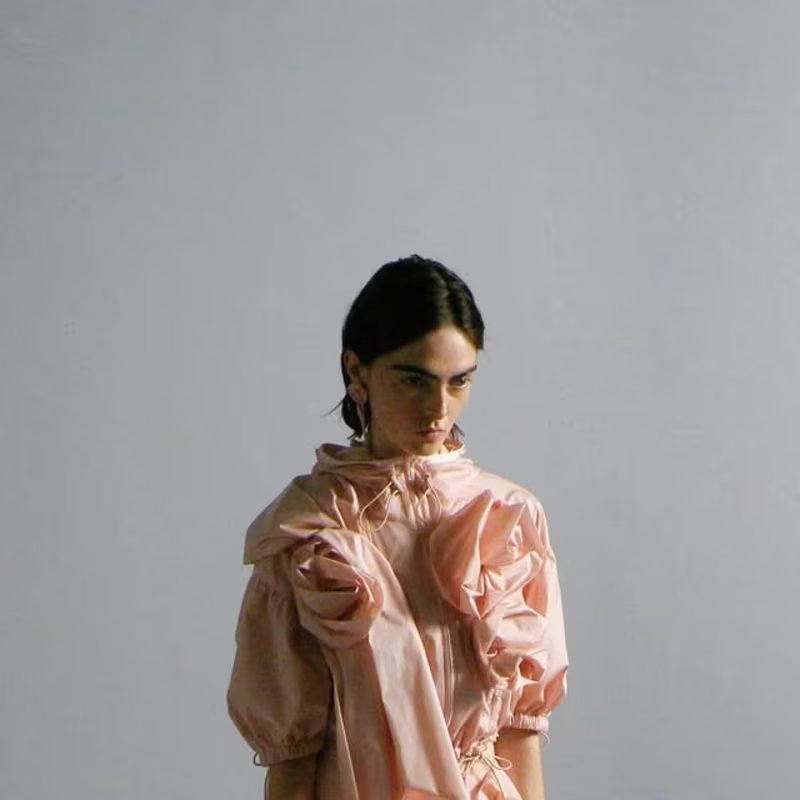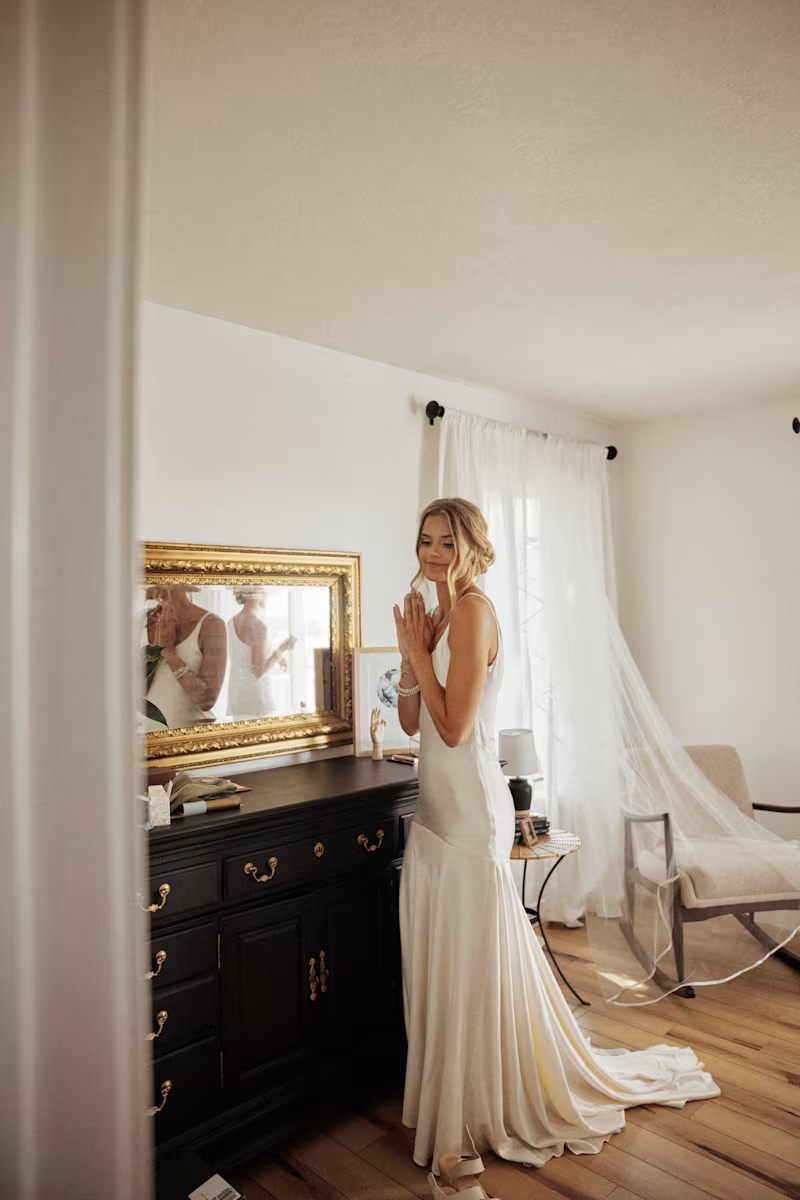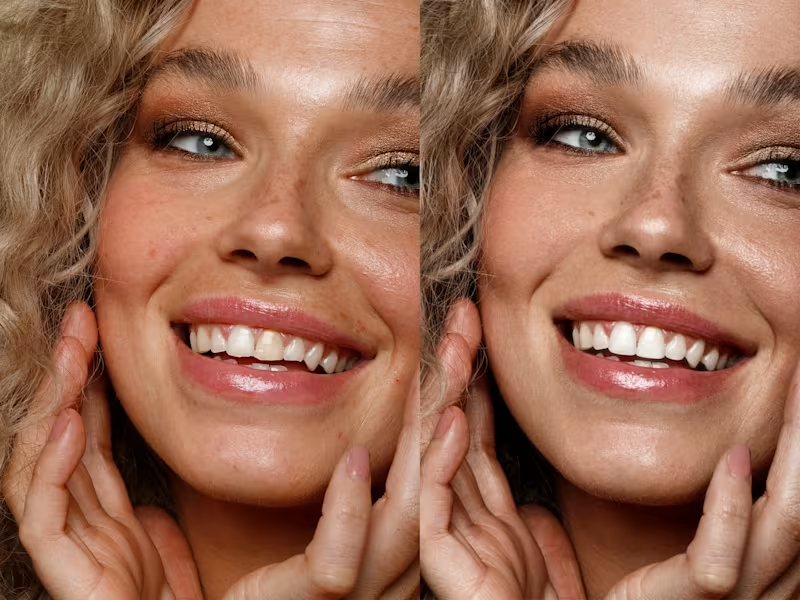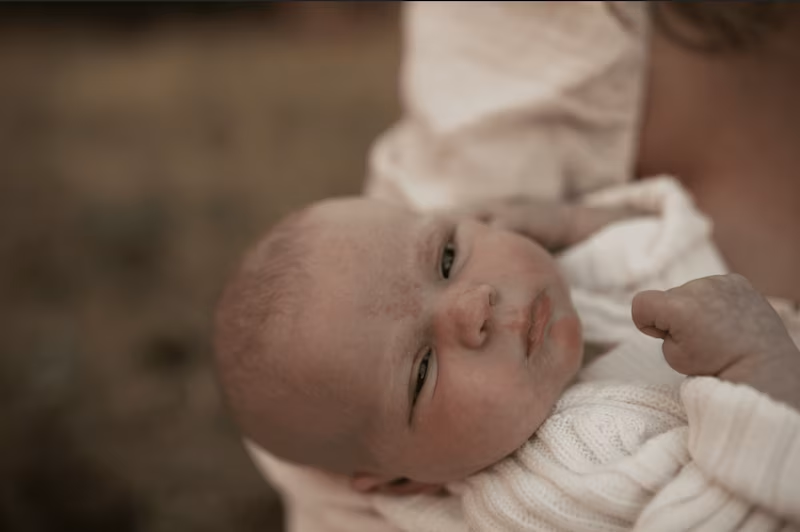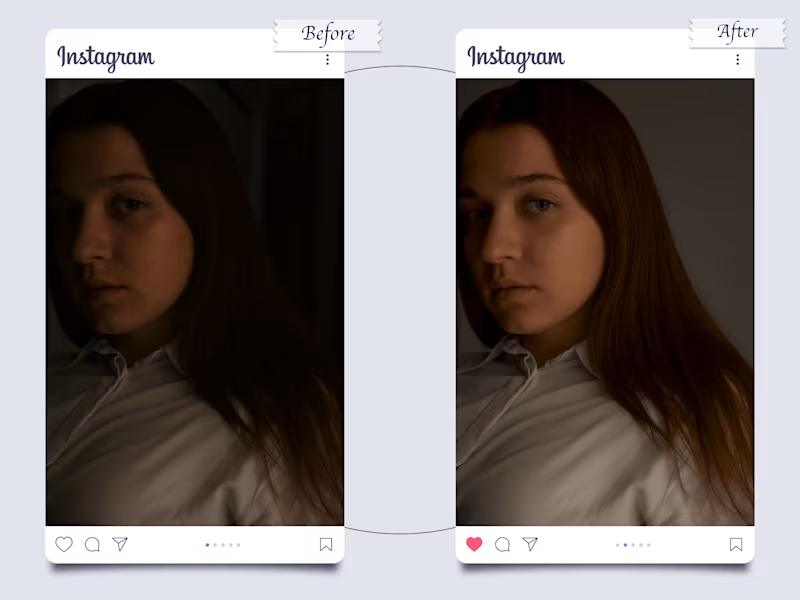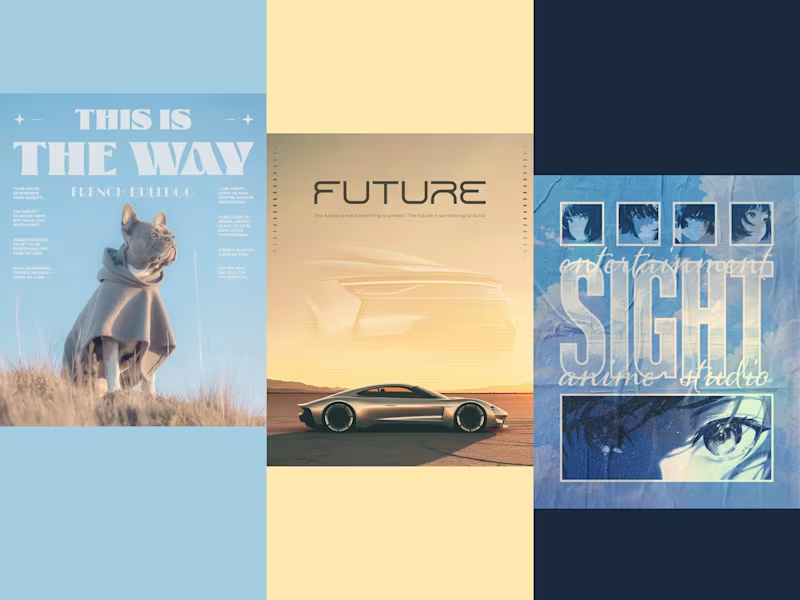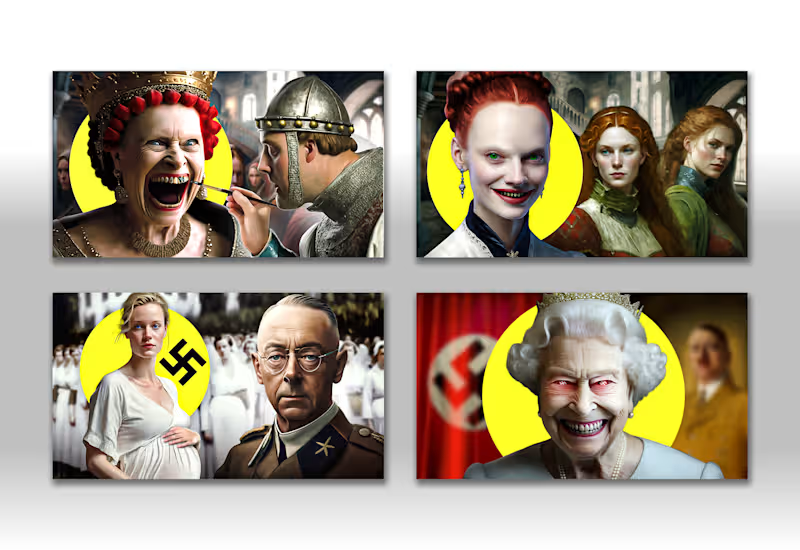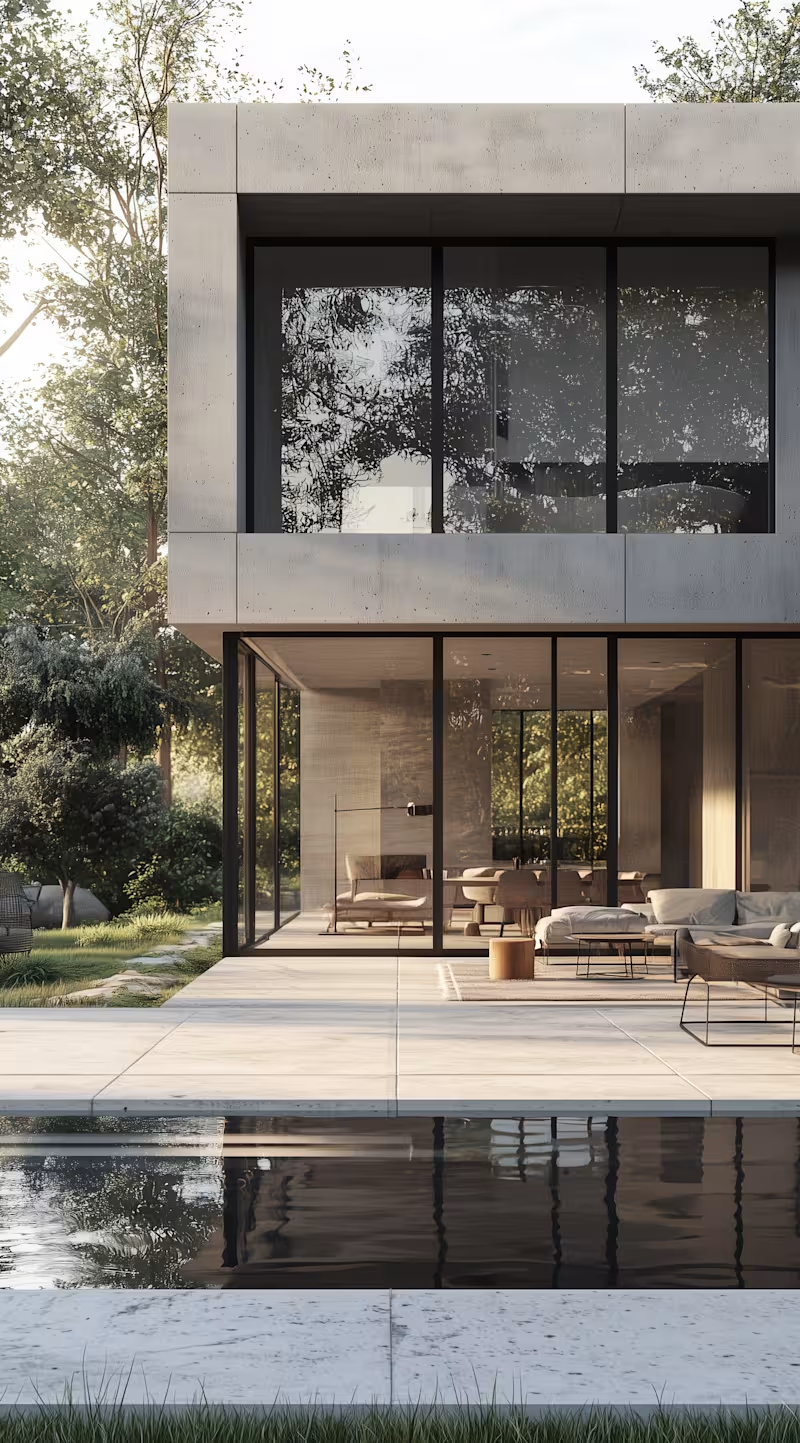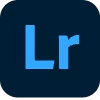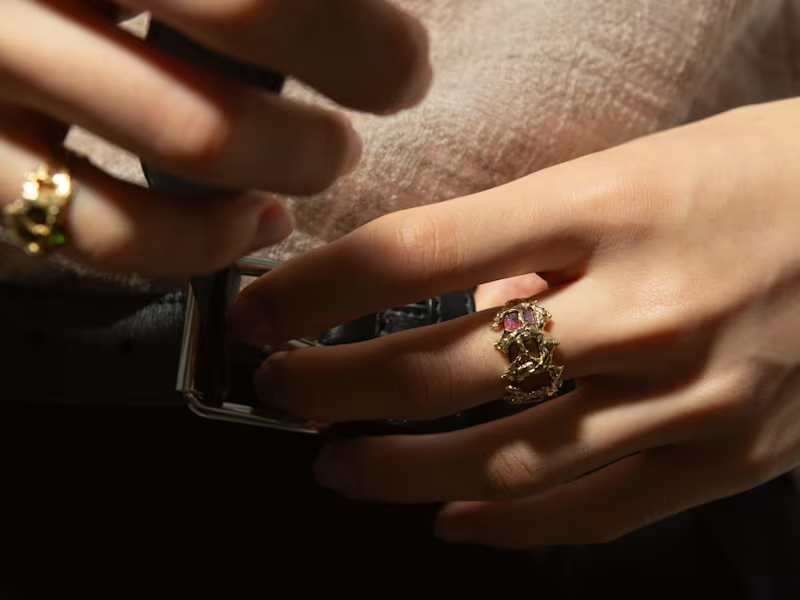What should I look for in a portfolio when hiring a photo retoucher?
Check if their portfolio has before and after examples. This shows their skills and attention to detail. Look for diversity in styles and complexity to see if they can handle different types of images.
How can I ensure the retoucher understands my creative vision?
Share sample images that match your vision. Explain what you like about them. Ask for a test edit on a small section to ensure they get the style right.
Which details should be clarified in a photo retouching project brief?
Include the number of photos and types of edits needed. Mention deadlines and any special instructions. Clear details help align expectations right from the start.
How can I confirm my deadlines will be met?
Agree on a timeline with clear milestones. Check if they have availability that fits your schedule. Regular updates can help track progress and avoid surprises.
What should I do to maintain quality control?
Set check-in points to review work as it's done. Provide constructive feedback promptly. This helps ensure the edits stay on track with your quality standards.
How can I communicate my brand’s aesthetic effectively?
Share brand guidelines or mood boards if available. Discuss the colors and mood you want in the images. Having reference materials is key to consistency.
What should be included in a retouching agreement?
Include deliverables, deadlines, and rights to use the images. Define what happens if more edits are needed. A detailed agreement makes everything clear.
How do I organize the photos for easy transfer with the retoucher?
Use a shared drive or a platform they are comfortable with. Label files clearly and group them by edit type if needed. An organized system saves time.
What type of feedback is most effective during the retouching process?
Use specific examples and be clear about what's working or not. Positive feedback can guide the process too. This makes communication smooth for both parties.
How can I protect my images when sharing with a retoucher?
Use watermarked versions for initial discussions. Agree on using secure file sharing methods. This keeps your images safe while collaborating effectively.
Who is Contra for?
Contra is designed for both freelancers (referred to as "independents") and clients. Freelancers can showcase their work, connect with clients, and manage projects commission-free. Clients can discover and hire top freelance talent for their projects.
What is the vision of Contra?
Contra aims to revolutionize the world of work by providing an all-in-one platform that empowers freelancers and clients to connect and collaborate seamlessly, eliminating traditional barriers and commission fees.
